SFP Module Guide: What It Is and How It Works
Table of content
Introduction:
SFP Module are one of the crucial components that have been widely used among users for Modern networking. SFP (Small Form Factor Pluggable) transceiver which is reliable with its fast speed data transfer. They work well for the mixed environments with no need for expensive modification amongst the Networks. This transceiver can be connected to the Ethernet switch for data transmission between the devices and other networks. SFP transfers the data through copper cables and fiber optic cables. This blog will clear up more queries like this. Keep reading this blog if you want a full guide on the Small Form Factor Pluggable Module.
What is a SFP Module?
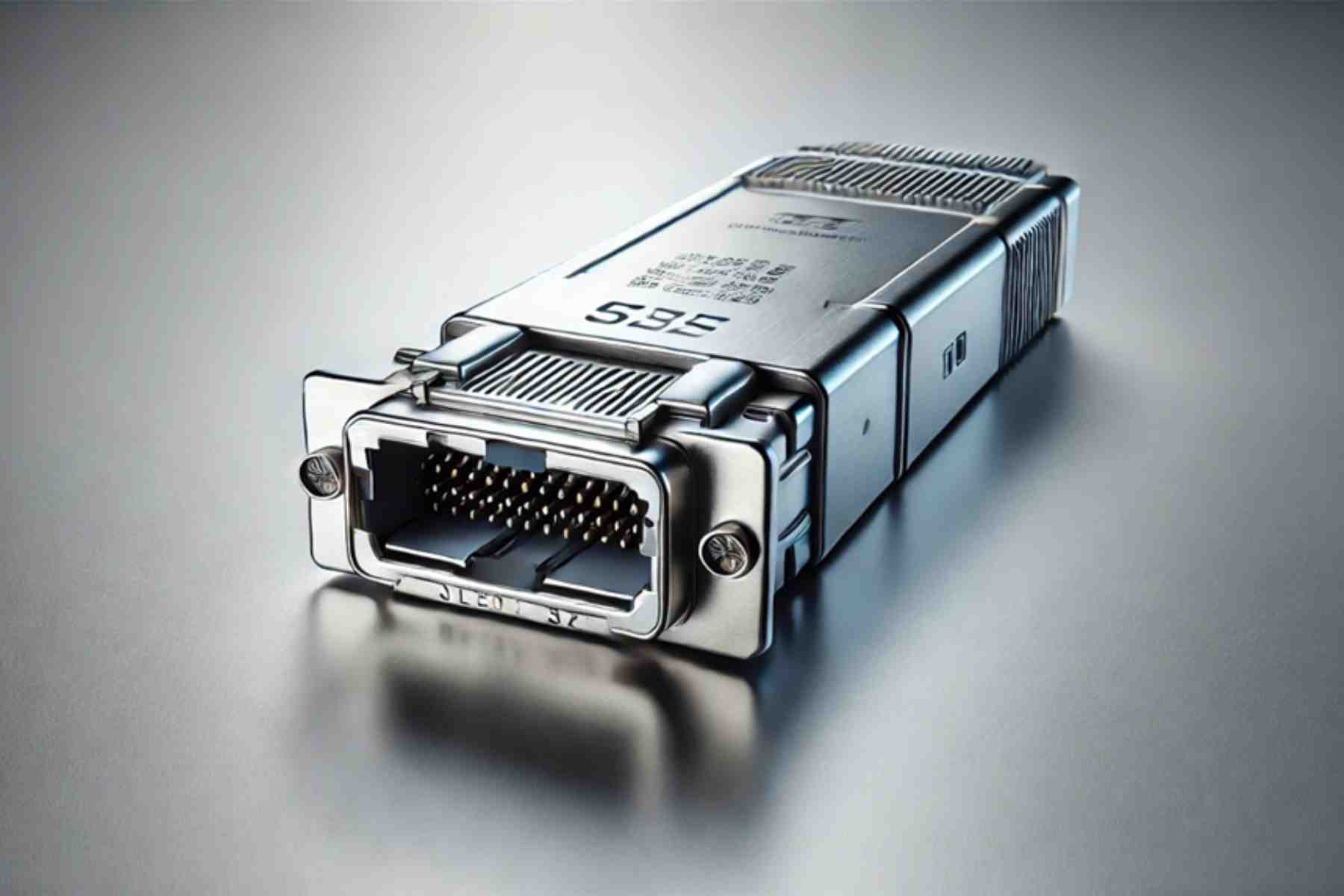
SFP Modules are the technology that has been used by many users. These transceivers are mini gigabit interfaces. Connected in Routers, switches, media converters, Etc. They are in demand because of their small size and fast data transfer. It has both transferring and receiving data features. Also, there is a hot-swappable feature. It can be connected to the physical port of a Networking device. It has an adaptable transfer system from fiber optic with single-mode optical fiber , multi-mode power, and copper cable. This transceiver has the other name to, a Gigabit Interface Converter (GIC). Moreover, as discussed before, the Small Form Factor Pluggable Module is a small device with excellent Networking communication from switches to other Networking devices.
SFP Module Types:
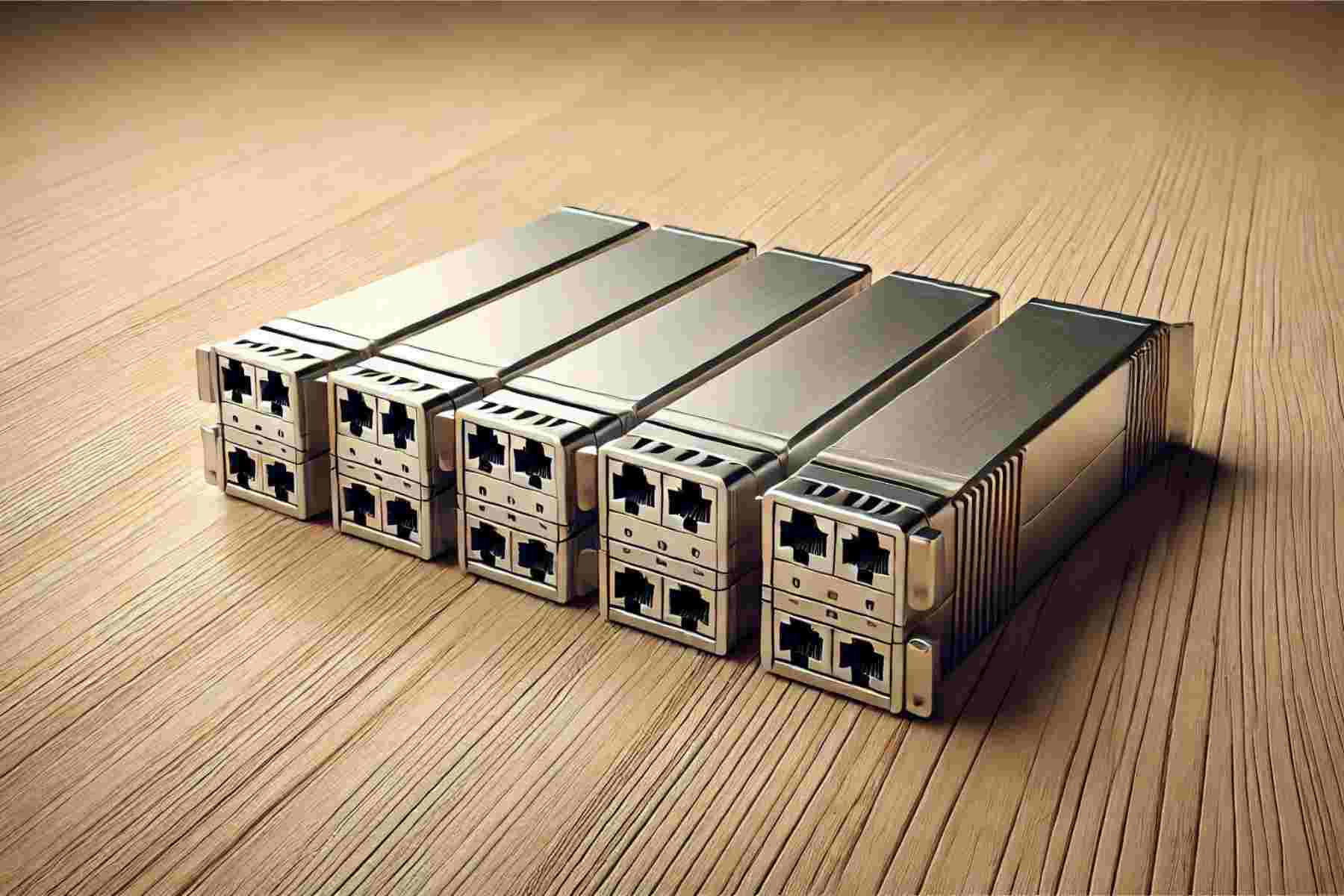
SFP Module have been classified into different types. They work slightly differently than the regular Small Form Factor Pluggable Module:
SFP Module:
SFP Modules work according to different Networks, whether routers, switches, or media converters. They are small devices with excellent transfer speed and can efficiently work with any Network device. They support up to 1Gbps of data. They are in demand for Ethernet Applications, Fiber channel Networks, and lower bandwidth connections.
SFP+:
SFP+ stands for the Small Form Factor Pluggable (SFP). It is the increased version of the SFP Module. The data transfer rate of 16 Gigabits of this type is higher than the traditional. The standards by which the SFP+ Module needs to convey data are IEEE802.3ae, SFF-8431, and SFF-8432 standards. They are widely used for the switches and routers that support the SFP+ interfaces. These Modules usually work in the LC connector of RJ-5 and fiber optic cable. The types of fiber optic cables used here are OM3, OM4, O1, and OS2.
SFP+ Module Types:
SFP+ Module is further divided among the speeds:
8G SFP+: 8G Fiber channel speed used for the storage application, they are quite suitable for the 8GFC SAN switches for instance Brocade and Cisco
10G SFP+: 10G Fiber channel which uses the speed of 10Gbps with 10G Ethernet, SDH/ SONET OC192, and 10G Fiber channels 10 GFC. This type is mostly used in enterprises.
16G SFP+: 16G Fiber channel speed used for the storage application, they are quite suitable for 16GFC SAN switches for instance Brocade and Cisco.
SFP28:
This type of Module is one step further from the SFP+. It transfers much faster than the regular SFP Modular, up to 25 Gigabits. This type of Module is used for higher bandwidth applications, 25G Ethernet Applications, next-generation computing Networks, high-performance applications, and tight environments. The SFP28 Modules work for the SFP28 Interfaces.
QSFP:
The other extended type of this Module is QSFP, and Q stands for Quad. This data rate type supports high data rates requiring high-speed Internet. It is primarily used in applications where the high-speed Internet requires 40GBS, which means 10Gbps of connection in a single Interface. The standards used by the QSFP are IEEE 802.3bm, QSFP28 MSA, SFF-8665, and SFF 8636. The data transfer rates used are 103 and 112 Gbps, depending on the Network type of the Interface.
QSFP+:
QSFP+ is the increased version of the QSFP. It is a powerful module with the feature of power consumption because of its high bandwidth. This type of Module is high enough to support the power of the 4 SFP Transceiver Module. They are usually connected to the High-speed Data connection. The standards designed for this Module are IEEE 802.3ba and Infini band 40G QDR standards. They can be connected to the different fiber optic cables: OM3, OM4, OS1, and OS2.
Standard SFP Wavelengths:
SFP Transceiver Module has been divided into three types of wavelengths:
850nm: It is used for multi-mode fiber connections. It is usually used for the data center and Local Area Network (LAN). It is also traditionally used for around 100 meters in the distance.
1320nm: It is used for multi-mode and single-mode fiber connections. It is normally used for medium-range distances and can be used in Metropolitan Area Networks (MANs) or corporate Area Networks.
1550nm: It is used for long-range but single-mode fiber connections. It is used for longer distances than the previous two. It can normally be used in telecommunication companies and Wide-Area Networks (WAN).
Choosing the Right SFP Module:
Choosing the suitable Module to run complex tasks is essential for every technologist, and for that, it is required to go through a few points that need to be kept in mind while fetching the Right SFP Module:
Key Factors to consider when selecting a Small Form Pluggable:
A few factors must be considered when selecting a suitable SFP transceiver module. Some are as follows:
Determining the type: determining the type is the prime option while choosing the suitable Small Form Factor Transceiver and understanding your needs. Which kind of Small Form Factor Pluggable Module will suit you according to your type (SFP, SFP+, SFP28, QSFP, QSFP+) and would it have the fast data transfer that is required for one to use? Understanding the specific requirements and the proper distance according to your needs is a crucial task, but it is necessary to choose the right one.
Compatibility: Checking the network’s compatibility is essential while fetching the suitable Pluggable Transceiver. To check the transceiver’s compatibility with networking equipment that might be used for a long time, check the routers, switches, or media converters to see if they have the interface to carry out seamless integration.
Wavelength: Selecting the correct wavelength is also essential according to the network equipment, which refers to the specifications of the fiber optic cable infrastructure. Some examples of the wavelength are (850nm for multi-mode, 1310nm and 1550 nm for single-mode fiber.
Quality and Brand: Quality and reputation are the most important factors. Users looking for the right transceiver module look for the right brand, which has a great reputation in product manufacturing and great long-lasting quality. A product with good quality and brand will surely also impact its performance with its work and reliability.
Cost: Cost is essential in compatibility, efficiency, performance, and warranty. The lowest price and reliable performance are also important. Verifying the product and cost according to cost-effectiveness is also essential.
Applications of SFP Module:
Small Form Factor Pluggable Module is an adaptable component that is used to promote different Network Applications and configurations. Below are some of the Applications that have been used in SFP Module Applications:
Telecommunication: It played a really vital role when it came to telecommunication. FP Modules can be seen in Metro and Access Networks. They are highly essential for the usage of fast Wi-Fi devices to residential buildings and also to businesses. If talking about the cable CWDM and DWDM are used for increased use of fiber infrastructure and increased bandwidth amongst the Network devices.
Data Centre: It has the fastest speed connectivity among the Data centers. It provides the links primarily to the Routers, switches, ports, and different Networking devices with the SFP Interface. With the feature of High-speed Data transfer, cloud computing, and storage.
Enterprise Networks: They work efficiently, and they require high speed and reliability. They used to interconnect between the routers and switches and maintain the connections between the two buildings with the high-speed data connection.
How To Install SFP Modules:
- The very first step to look after while installing the Small Form Factor Pluggable powered off.
- Locate the correct SFP slot on your device.
- Check the correct Module for physical damage.
- It gently needs to align and then that can be inserted.
- Connect the Transceiver to the connector.
- Turn on the equipment and if the transceiver is detected and works correctly.
Conclusion:
In this blog, we got the complete information on the SFP transceiver. They are more than just a component; they are key to unlocking the potential of the Network. We have discussed how fast and reliable the Module is and how fast it transfers the data to other devices. Its role in telecommunication, data centers, and enterprise networks is crucial, making their jobs more efficient through its fast data transfer. With their hot-swappable design and small size, they are in high demand. This guide provides complete information on Small Form Factor Pluggable. To catch up on Networking Accessories, Modules and cards and more exciting blogs like SFP-10G-SR-Module, GLC-LH-SMD SFP Module, visit our website buyrouterswitch.
Frequently Asked Questions:
How to choose the SFP Module?
Check your switch (or other Network devices) port supported speed and ensure it matches the correct SFP interface.
Predict the future trends and how it will affect Networking?
Technologies like Wi-Fi 6, IoT integration, and mesh Networks poised to revolutionize the way we connect to other Networks.
What is the SFP Module used for?
Small Form Factor Pluggable is a hot swappable network interface module format used for both telecommunication and data communication applications
What is SFP Module Meaning?
A hot pluggable network interface module format used for both data communication and telecommunication Networking




 Catalog
Catalog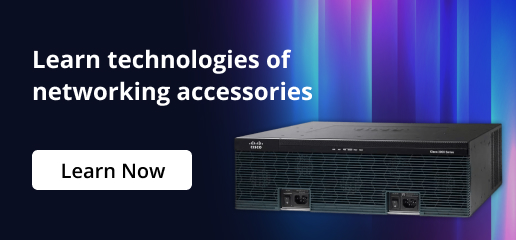

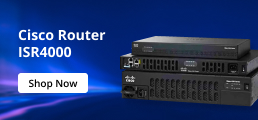
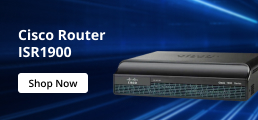
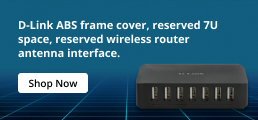

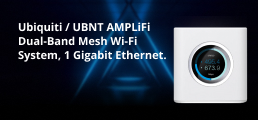

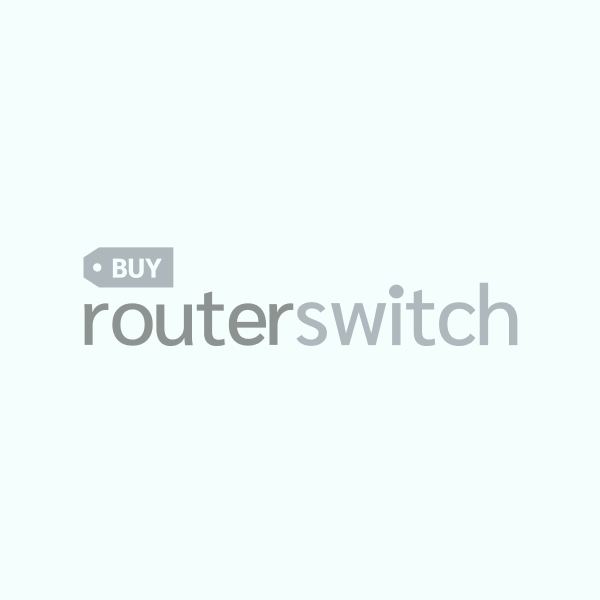
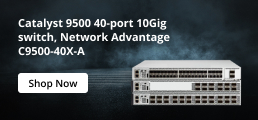

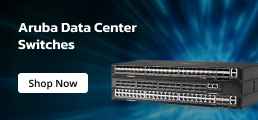
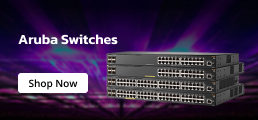
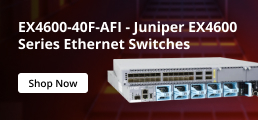


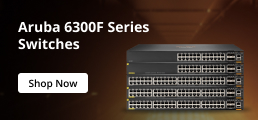


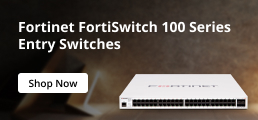
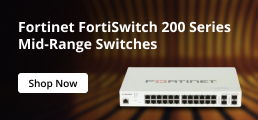
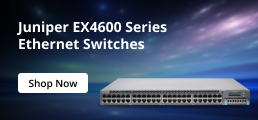
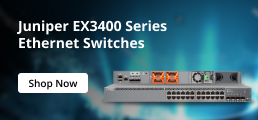
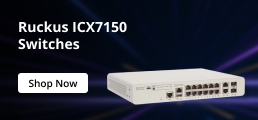





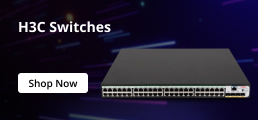





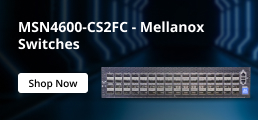









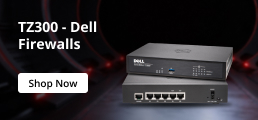



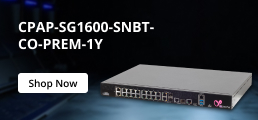
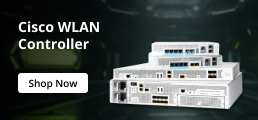









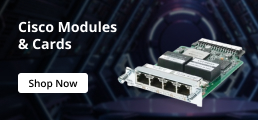
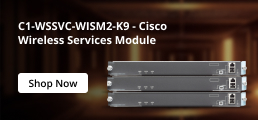





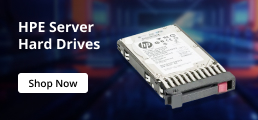





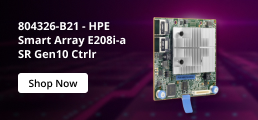

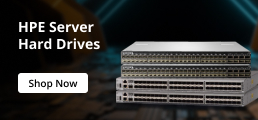


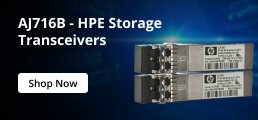




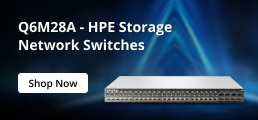

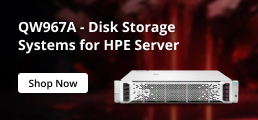



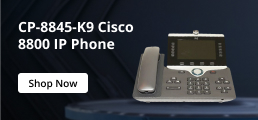




















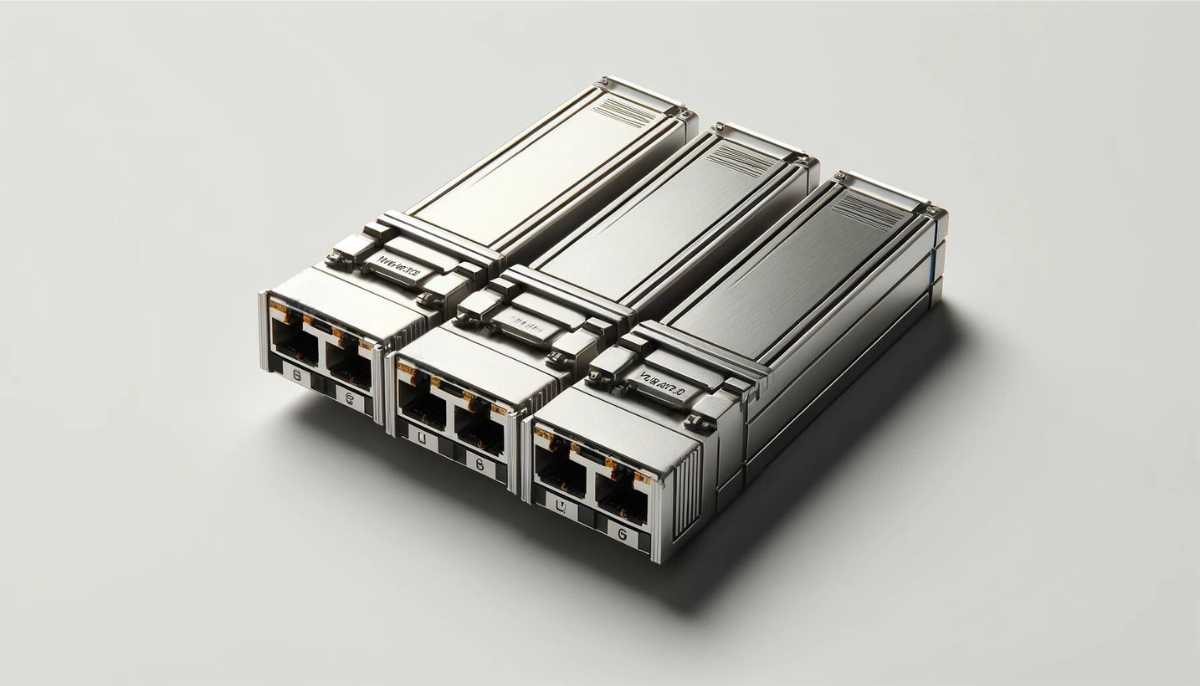
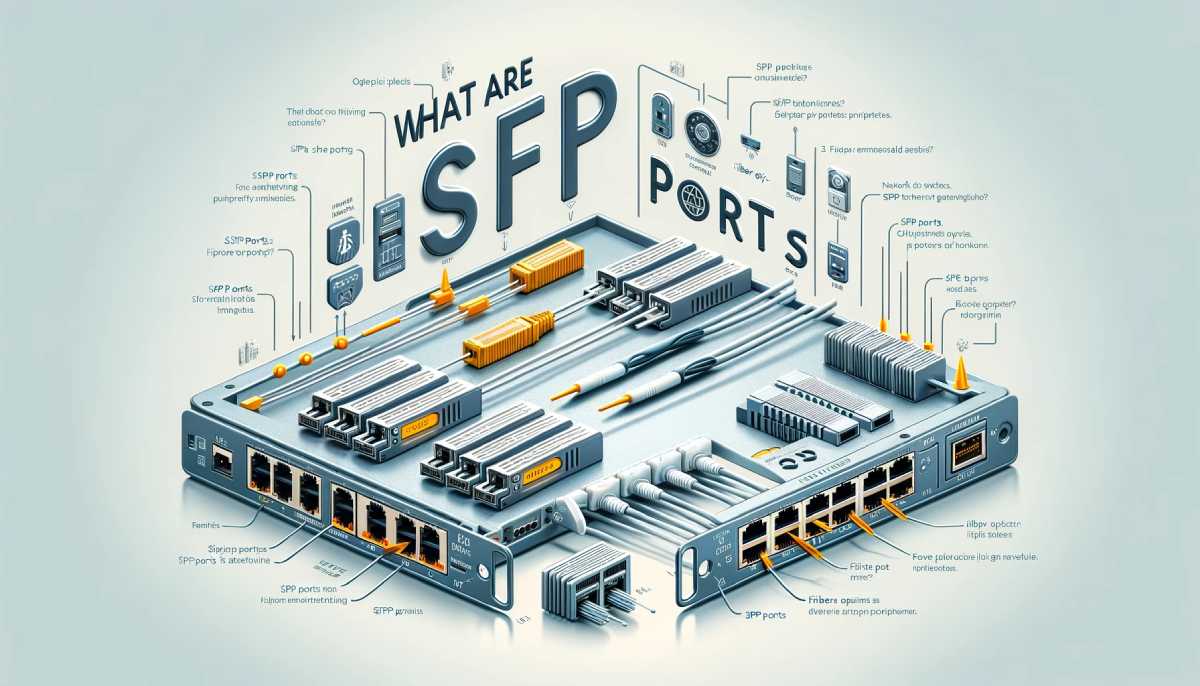
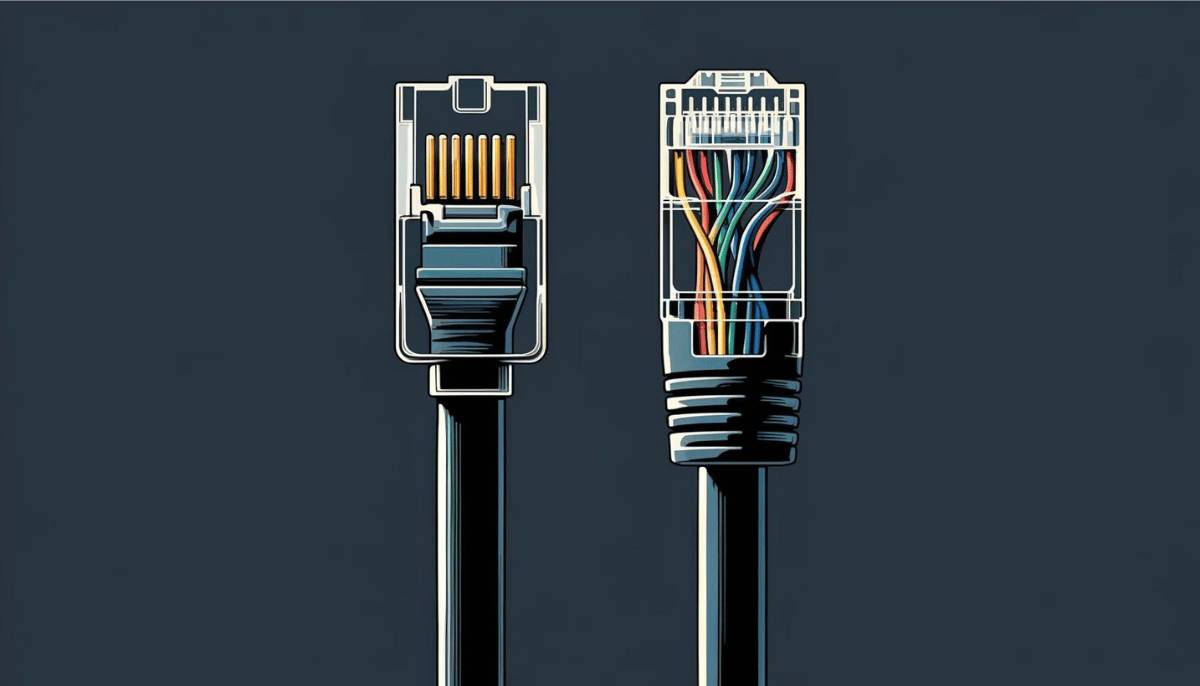
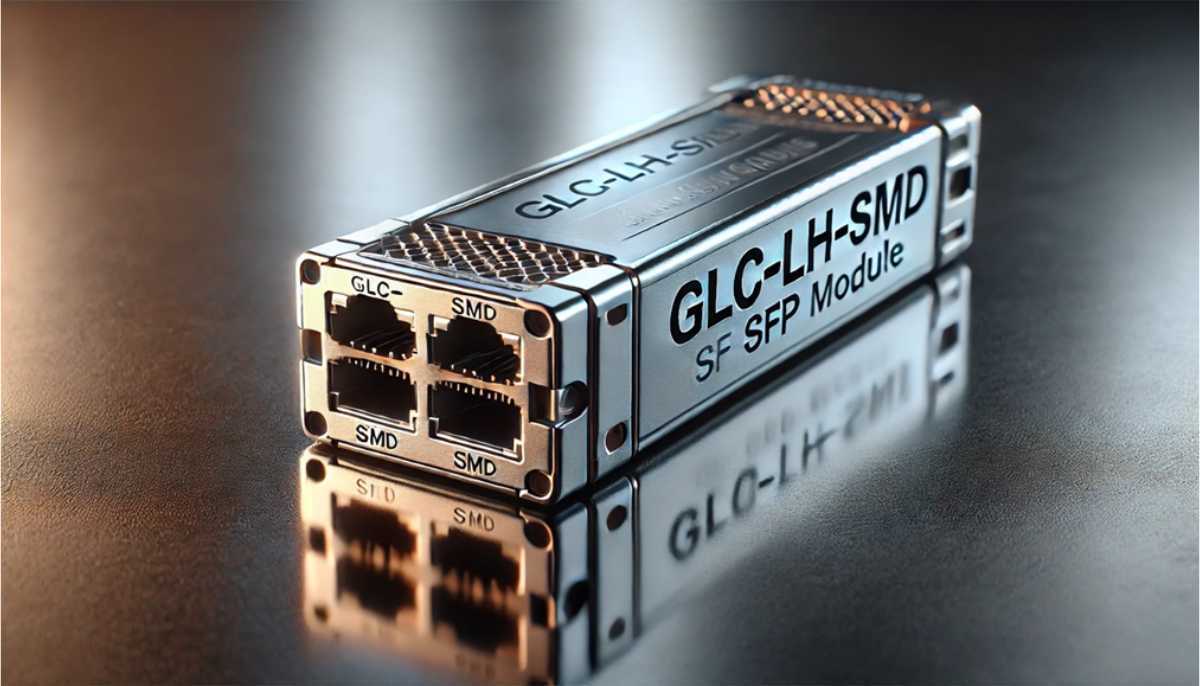




 (800) 870-9487
(800) 870-9487